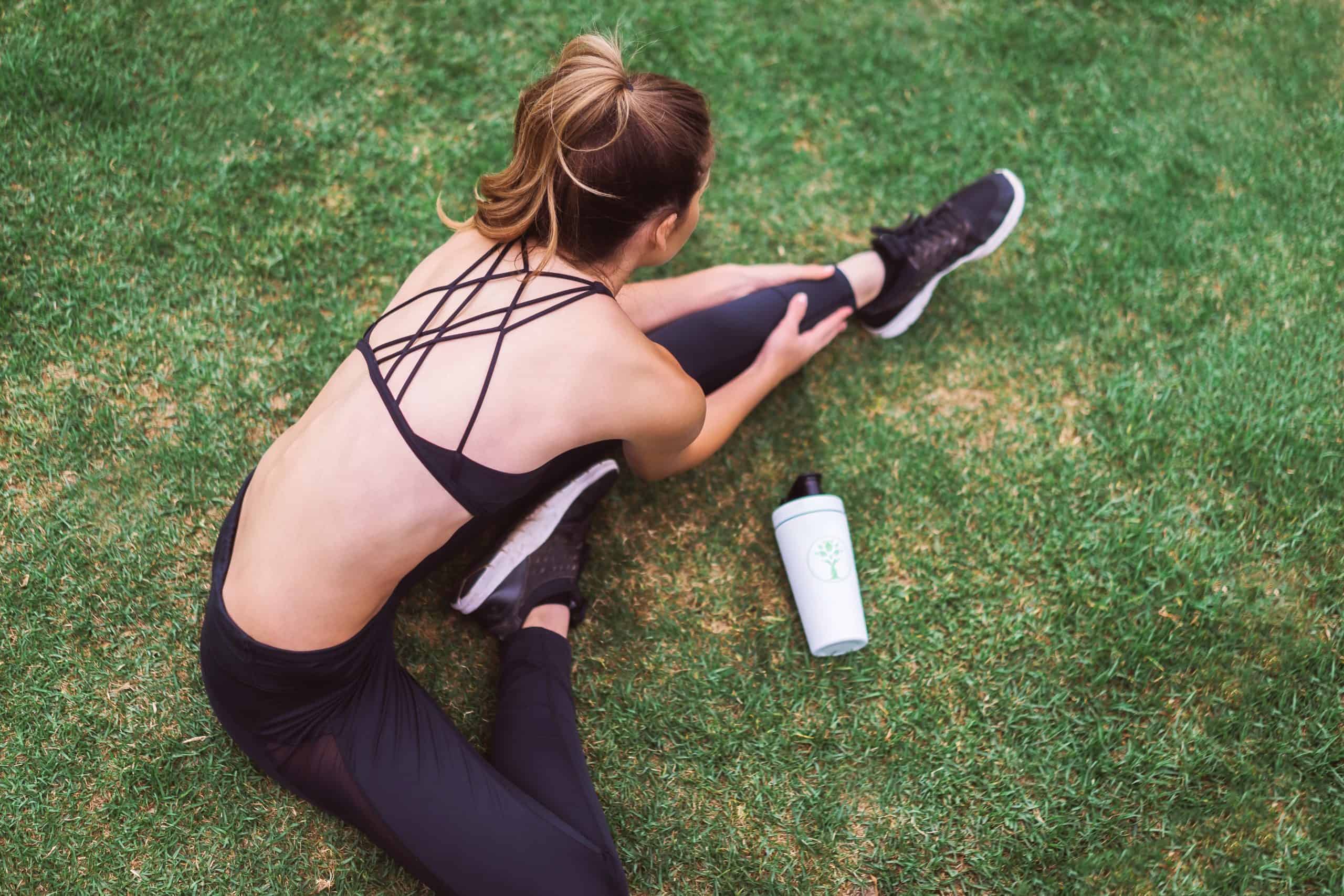After working out all week, being active is the last thing you want to do on your coveted rest day. But truth be told, active recovery is actually better for you than passively vegging out on the couch all day with your most recent Netflix obsession. “Active recovery sessions help round out your training,” says Lesley Logan, a Pilates instructor and creator of Profitable Pilates in Los Angeles. “Another added benefit of active recovery is that it gives you something different to do so you won’t get bored!” So what exactly is active recovery? Simply put, active recovery is a short, mild workout session on your day off. Even though you might prefer lounging in sweats on your rest day, active recovery sessions actually have quite a few benefits. For starters, active recovery can help offset delayed onset muscle soreness (DOMS) after a particularly intense sweat sesh. In fact, a recent study published in the Journal of Strength and Conditioning Research found that light exercise actually provides massage-like relief for the acute soreness associated with DOMS. Even if you’re not a gym rat, active recovery can help keep you on track on your days off. For me, it can be all too easy to undo five good days of working out and eating healthy in one fell swoop. When I fall off the wagon on rest days, I fall hard. But when I incorporate active recovery on rest days, I find it’s a lot easier to make healthier choices all week long, keeping me moving toward my fitness goals. Ready to incorporate active recovery into your rest day but aren’t quite sure how? Here are five of the best active recovery exercises for any fitness routine.
1. Walk that walk.
I love to go for a long run, but it’s hard on my joints, so I don’t do it every day. On off days, I go for a long walk instead. Walking is a great form of active recovery because almost everyone can do it. According to one study, light exercise like walking can actually help the body’s lymphatic system flush toxins from the body faster. Additionally, walking is the perfect form of active recovery to help relieve stress and tension. The Anxiety and Depression Association of America says that just 10 minutes of walking can be enough to reduce anxiety and stress. Active recovery walking doesn’t require any sort of training plan. On your rest day, simply lace up your sneakers and take a brisk 30 minute (or longer, if you’d like) walk around your neighborhood or local park.
2. Find a balance.
“If I hadn’t done Pilates as part of my active recovery when I was a marathoner, I would probably not be walking right now,” says Logan. Between intense training sessions, yoga and Pilates are excellent active recovery exercises because they use your own body weight to gently stretch and strengthen your muscles, keeping them active and engaged between workouts. “Yoga and Pilates also strengthen your hips, help correct your posture, and work to balance the body’s asymmetries. My times became faster, my recovery after long distances sped up, and I never suffered from a running injury,” says Logan. Want to give active recovery yoga try? Start with this 10-minute yoga flow from Keri Kugler.
3. Take a dip.
This suggestion may surprise you, but don’t knock it until you try it. It’s a surprisingly great workout, and is the perfect active recovery exercise for rest day. With water aerobics, you can combine light strength training and low-impact cardio. If group classes aren’t your thing though, swimming a few laps is also great for active recovery. Get your swim cap and goggles, and check your local YMCA or aquatic center’s schedule for water aerobics classes on rest day.
4. Keep rolling on.
I have chronic shoulder pain because I did not practice active recovery the first time I trained for a half-marathon. I was skeptical when I purchased a foam roller, but if done correctly, it’s a great way to prevent and relieve post-workout muscle strain. Foam rolling is essentially self-massage of muscular trigger points. To use a foam roller in active recovery, simply find the trigger point that usually causes post-workout soreness (for me, it’s my shoulder and glutes) and press into the roller for about a minute to help release the muscle tightness you’re experiencing.
5. Healing From the Inside Out
Active recovery is all about keeping your body limber and strong between workouts. One way to do this is to work on developing a stronger core during an active recovery session. Improving your core strength on rest day doesn’t have to be an intense training session. Rather, try a few key yoga poses for core strength that will leave you feeling stronger while also giving your body a break. Active recovery is just one facet of a holistic rest-day plan. To round out rest day, make sure you continue to eat a healthy diet and drink plenty of water. It’s totally fine to treat yourself to a slice of pizza or some ice cream if rest day is also cheat day, but otherwise stick to lean protein, healthy fats, and whole grains. When it’s time to hit the gym again, you’ll feel energized and ready to go, rather than sluggish and full of ‘za.



